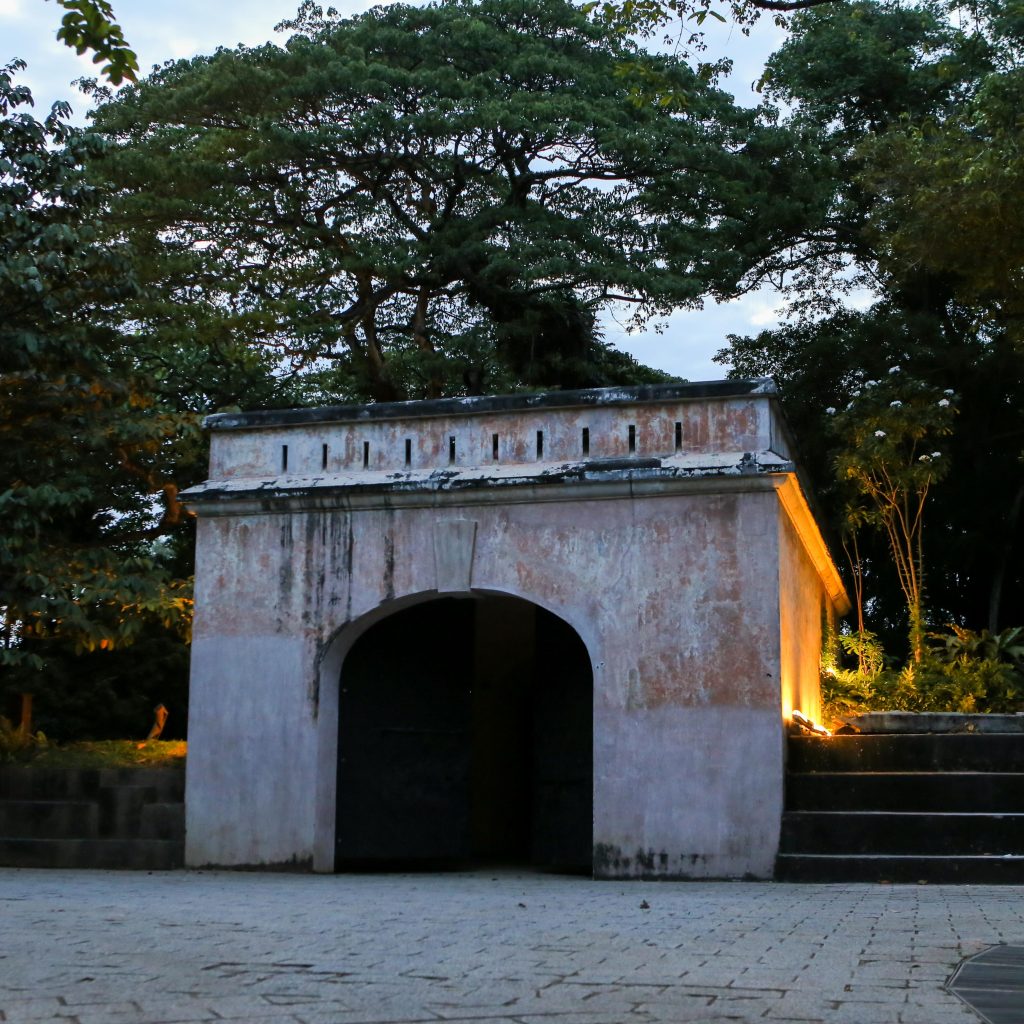Between Two Oceans: Military History of Singapore From 1275 to 1971
January 2, 2018

Singapore is often regarded as the meeting point between the East and West. Prof Brian Farrell, Prof Malcom Murfett (both from the Dept of History), Prof John Miksic (Dept of SEA Studies), and Chiang Ming Shun (Trinity Theological College) try to convey this in Between Two Oceans: Military History of Singapore From 1275 to 1971. Taking a broad historical approach starting from the Srivijayan Era and ending with the British withdrawal from Singapore, they discuss the military importance (or non-importance) of Singapore throughout these periods. The overarching theme is how Singapore gained strategic importance being located at the crossroads of the East-West trade routes.
One chapter that may interest readers is their discussion of Fort Canning. Present day Fort Canning is a public park and a popular venue to hold concerts. Many of us know that Fort Canning used to be a military fortification and the ruins of its iconic gate remain standing today. However, less well known is the fact that Fort Canning was originally a government residence and the location of Singapore’s first botanical gardens. When the colonial authorities first drafted plans to build a new fortification in Singapore to protect British commercial interest in this region, Pearl’s Hill (modern-day Outram) rather than Fort Canning was preferred. Eventually in 1858, colonial authorities decided on Fort Canning instead, believing Fort Canning to be more effective in protecting Singapore against foreign invasion. Equally intriguing is the last chapter on how the governments of Britain and Singapore negotiated over the British withdrawal from Singapore. These negotiations took place during the final days of the British Empire and the authors deftly capture the anxieties at stake for both parties at that time.
This book is available at the NUS Central Library.
